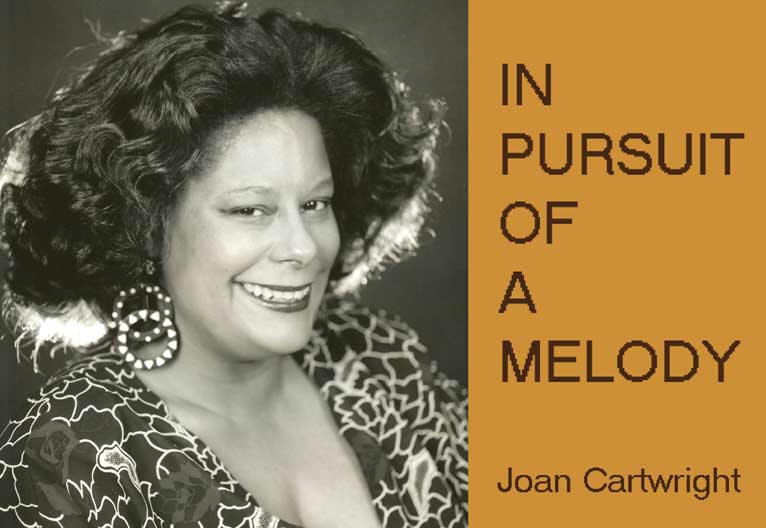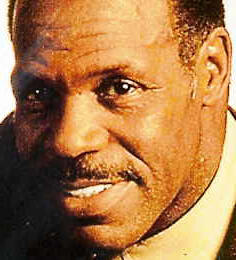Remembering The
Destruction Of Black Tulsa (1921)
www.allforreparations.org
BY TINA SUSMAN STAFF CORRESPONDENT TULSA, Oklahoma
Eighty-five years ago, allegations that a black man had tried to assault a white woman in a city elevator spurred hundreds of whites to attack what was one of the country's most prosperous black communities, a bustling neighborhood called Greenwood. Wess Young was only 3, but he still remembers his mother rousing him from bed in the middle of the night, and the gunshots crackling like fireworks as they ran through the burning streets to escape the riot. Otis Clark, who was 18, recalls blood spraying across him when a friend was shot in the hand as they tried to flee in an ambulance from a local funeral home. Today, the two are among fewer than 100 known survivors of the May 31-June 1, 1921 riot, for which no one was punished and no reparations ever paid, despite the loss of hundreds of lives, businesses and fortunes. With survivors dying off, activists are hoping to change that, spurred not only by the injustice done to riot victims, but also by the plight of Hurricane Katrina's mainly poor, black survivors, who they say are a reminder that the inequality of 1921 isn't a thing of the past. Critics of the government's response to the hurricane have said if those displaced by it were overwhelmingly white, the government would have done far more to help them. "It's still here. We're still marginal," said Eddie Faye Gates, a Tulsa writer and retired teacher who has tracked down and interviewed scores of riot survivors. "There's still the racial litmus test." A community's heartbreak Riot survivors have provided eyewitness accounts used in the fight for reparations, which took an unusual turn last month when Global Rights, a Washington-based human rights group, asked the Organization of American States to rule on whether riot survivors should be compensated. The 35-nation organization represents Western Hemisphere nations and normally intervenes in human rights abuses outside the United States. "I think when Katrina came and hit and sort of unveiled the reality of the lingering effects of Jim Crow on African-American communities, it made even more sense for us to do something," said Gay McDougall, executive director of Global Rights, which hopes an organization ruling in favor of survivors will pressure the city of Tulsa, the state of Oklahoma or the federal government to make amends. So far, survivors' attempts to get compensation through legal action have failed. A grand jury convened in the immediate aftermath of the riot blamed blacks for inciting the violence and refused to indict any whites. In 2003, survivors and descendants filed suit against the city and state seeking reparations, but U.S. District Court Judge James Ellison, while lamenting "the tragedy of the riot," dismissed it on the grounds that too much time had passed. An appellate court upheld the decision. In May, the U.S. Supreme Court refused to hear the case, leading Global Rights to turn to the Organization of American States. With the loss of survivors, the case has a unique sense of urgency. In 1999, when Gates began searching for survivors, more than 200 were alive. Now, there are about 95. Back in 1921, Tulsa was an oil boomtown, and Greenwood, a 30-square-block area north of downtown, just over the railroad tracks from the white section, was part of the boom. The neighborhood was home to black doctors, businessmen, hoteliers and others who had carved out comfortable lives. The area was variously known as "Little Africa," "Negro Wall Street" and in later years, "Black Wall Street." Except for the railroad tracks, Greenwood today bears little resemblance to that flourishing community. The businesses that were destroyed did not return, many riot survivors left Tulsa forever and the neighborhood is now a nondescript residential area. At the Greenwood Cultural Center in Tulsa, Gates recently scanned a wall covered with close-up photographs of survivors she had interviewed, some smiling, some serious-looking, all showing the creases of old age. "Dead, dead, dead," she said, jabbing a finger at one picture after another. "He's dead. She's dead. I could just go on and on. It breaks your heart." "Nothing but ashes" The survivors' memories of the riot, which were remarkably clear given the passage of time, revealed a notorious and well-hidden slice of history. By all accounts, the trouble began on the evening of May 31, 1921, after a black man, Dick Rowland, allegedly stepped on the foot of Sarah Page, a white woman, as he entered an elevator, causing her to scream. Rowland was jailed on suspicion of assault, and tempers flared when blacks and whites gathered at the jail, amid rumors he was to be lynched. Four months later, the case against Rowland was dropped after Page declined to press charges. When the rioters crossed the railway tracks into Greenwood, Veneice Dunn Sims, then 21, was standing outside her house. "All at once, bullets began dropping into our yard," she told Gates in 1999. Kinney Booker, who was 7, hid in the attic with his mother and siblings as his father begged rioters not to torch their house. "But of course, that is exactly what they did," Booker said in his 1999 account. "I remember running with my parents, siblings and other fleeing blacks. I will never forget how cold and scared I was that night," said Joe Burns, who was 6. Those survivors, along with Clark and Young, tell of whites kicking down doors of homes and businesses, torching the buildings and firing guns wildly at the fleeing blacks. It wasn't the only race riot of the era. In Rosewood, Fla., in 1923, eight people were killed when whites rampaged through a black community in search of a black man accused of assaulting a white woman. But historians say the Greenwood riot is by far the worst. "They tore up our little city. The folks went crazy, shooting up black people," Clark, now 102, said in an interview with Newsday. He and Young, who also spoke to Newsday, remember the devastation after the riot ended. "There wasn't nothing but ashes," said Young, 88. After the violence, he and his mother, along with most survivors, spent months in one of hundreds of tents the city erected in the wasteland that had been Greenwood. "You were out there on your own," Young said. "If you had the means to build, you could rebuild, but if you didn't have the means, you stayed in that tent." Enduring losses Clark stayed around only to search in vain for his stepfather and his little bulldog, Bob, who disappeared during the riot. He left Tulsa shortly afterward, jumping a freight train to California, where he said he spent decades working as a butler and assistant to Hollywood stars such as Joan Crawford and Charlie Chaplin. He never learned what became of his stepfather or Bob. Questions still surround the death toll. The confirmed number was initially put at about 40, based on burial records, but the state commission said evidence indicates it was as high as 300. Survivors speak of seeing bodies dumped into the Arkansas River, into mining pits and into mass graves now covered by housing and commercial developments. Clark, who eventually returned to Tulsa, and Young, who never left, went on to make good livings, but that hasn't erased the feeling that something should be done to make up for the losses of the past. Clark, who never married, says he doesn't need anything, but people who married and had children should get something for their families. Young, a retired machinist, and his wife, Cathryn, are adamant that all the survivors or their descendants deserve reparations. "The reparations won't erase what has been done, but it's an apology," Cathryn Young said. "They've apologized to everyone else," she added, referring in particular to Japanese-Americans held in camps during World War II. Her husband agreed, saying reparations would not only send an apology, but bring the tragedy into the open, where it belongs. "It's history," he said. "And if you don't know your history, you'll keep making the same mistakes."






